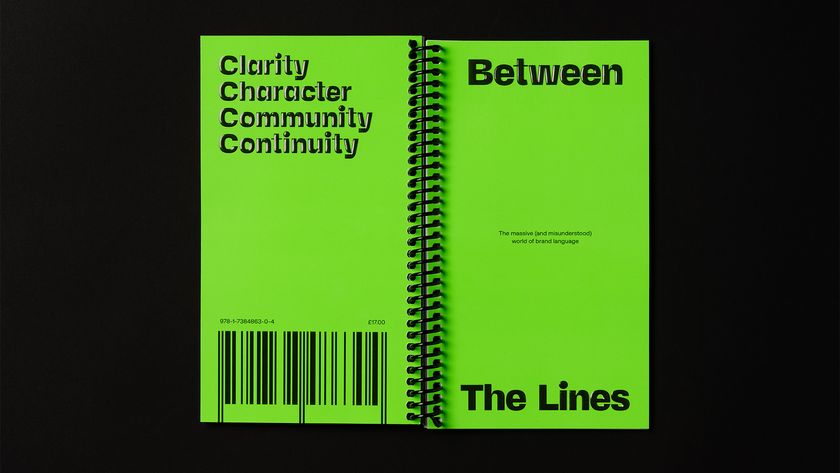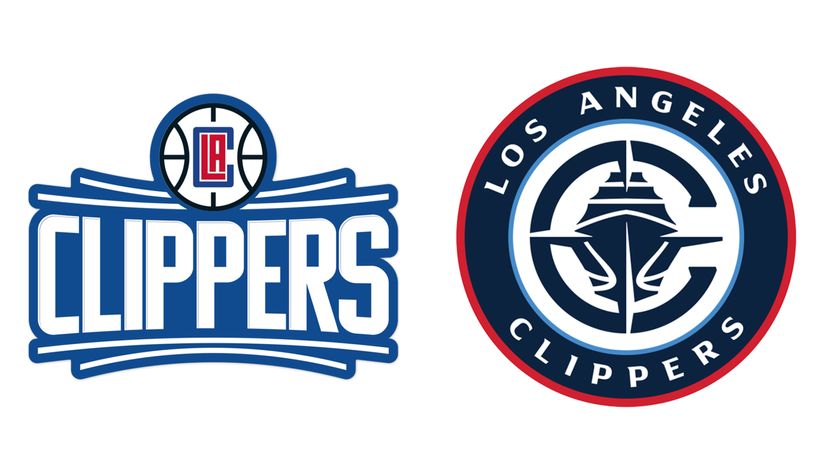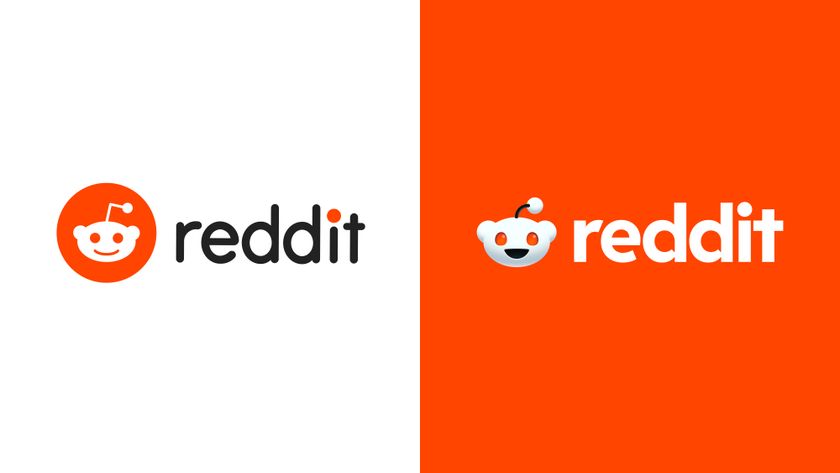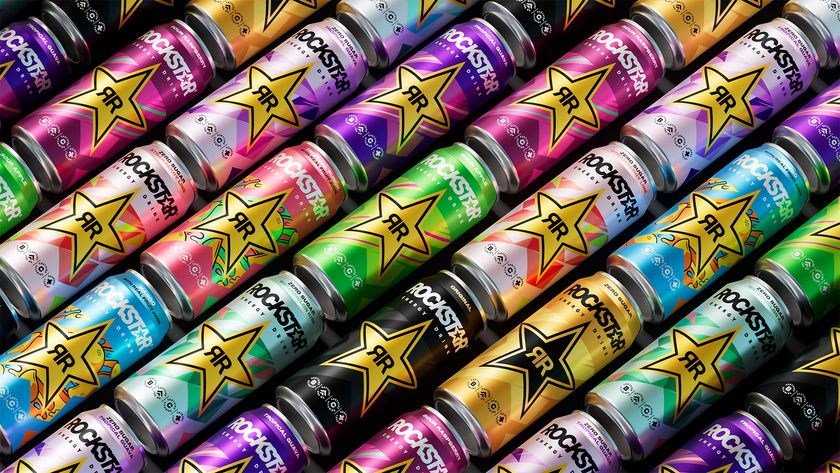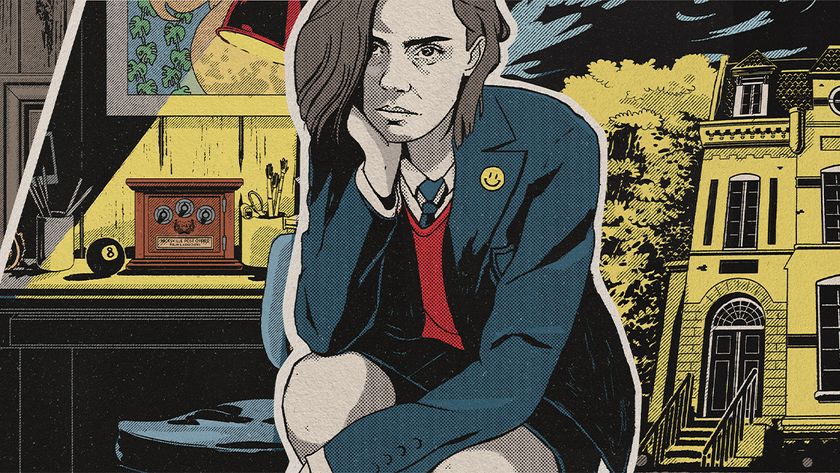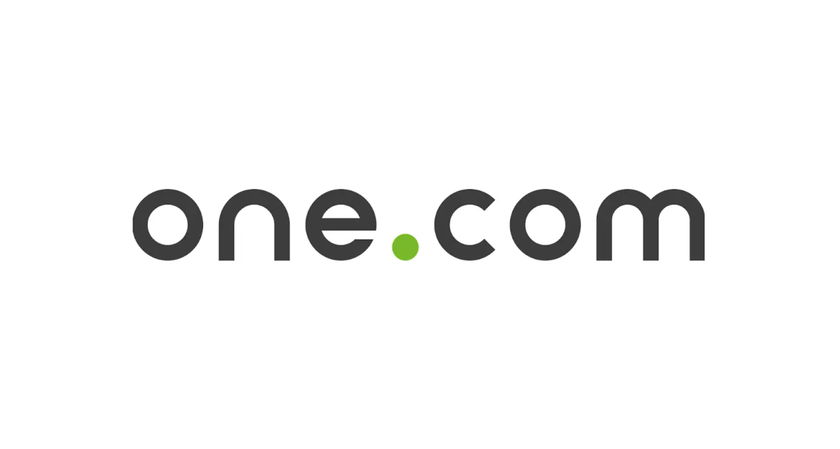The human face of branding
Debbie Millman on the new movement in branding that has restored her faith in the industry.
There's no denying Debbie Millman is a big name in the branding world. She served as president of Sterling Brands for 20 years, working on major household names like Burger King and Häagen-Dazs, she also co-founded the world's first graduate branding course.
However, in her talk at D&AD Festival, she said that working in the branding industry made her feel like her "soul was withering away". We caught up with her afterwards to find out what made her feel this way – and the shake-up in the industry that means she's much more optimistic for the future.
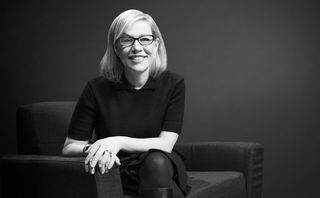
"I wouldn't say it was a negative experience, it was just a complicated experience because it was all very commercial and I'm also an artist," Millman explains. "I felt the artist in me was dying.”
When we ask if she thinks the situation has changed or improved, she mentions a new branding trend that she's excited about, and which is less to do with profit margins and more to do with positive change.
Branding has become democratised... It’s something people can use to create symbols to signify change and movements and options
Debbie Millman
“Branding has become democratised,” she smiles. “I believe that branding is no longer relegated to the consultants and the marketers. It’s something that people can use to create symbols to signify change and movements and options.” While branding has always been created and controlled by professionals, now regular people have started taking back control and adopting it for their own – non-commercial – causes.
A pivotal moment was the terrorist attacks in Paris. Artist Jean Julien created a pictorial tribute ‘Peace for Paris’, which combined the Eiffel Tower and the peace symbol. He shared it on Instagram with the accompanying hashtag #jesuisparis, it gained momentum and became almost the official symbol of the attacks, with thousands of others sharing it in solidarity. The repost on Instagram’s official feed gained over 1.5 million Likes.
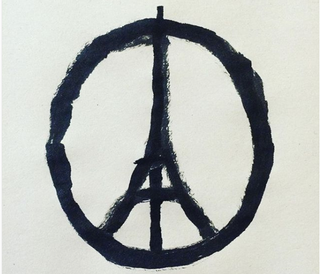
Other terrorist attacks saw similar behaviour, and then came Black Lives Matter, Time’s Up and #MeToo. “What I consider to be one of the biggest and most important brands of our time was created right after the election and came to global prominence by March 2017, which was the pink pussy hat,” says Millman. “You know: it’s a colour and a shape – all the tangible, tactical requirements of a great brand.”
Get the Creative Bloq Newsletter
Daily design news, reviews, how-tos and more, as picked by the editors.
A brand called you
There's another side of branding that has been on the rise recently: the idea of a 'personal brand'. Millman herself offers a course on CreativeLive entitled A Brand Called You – but it's not quite what it seems.
“It’s called a Brand Called You with a bit of a nod and a wink. I have very, very strong feelings about people as brands," she says. "Brands are manufactured meaning. We create a mark to symbolise something else. It’s created, it’s manufactured, it’s constructed. People, I believe, shouldn’t aspire to be brands, because otherwise you’re manufacturing a personality and a persona.”
To position yourself as a brand is to eliminate the richness and the character of what it means to be human
Debbie Millman
While launching a brand to represent your style is fine (a range of dishware, for example), when designers take that one step further and become the brand themselves, with brand attributes they must adhere to, is where things get dangerous, says Millman. Somewhere along the line, the designer will invariably end up doing something off-brand, and it will all fall apart.
“There are aspects of branding that can help you create a broader dialogue with the public so they might understand your point of view or your style," Millman explains. "But to position yourself as a brand is to eliminate the richness and the character of what it means to be human.”
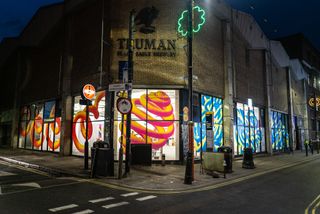
Rather than suggesting its students become a ‘brand’, Millman's course aims to teach confidence and how to network, so that students can position themselves where they want to be within the marketplace and have as meaningful a job as possible.
Millman noticed that while students are taught a lot of useful processes and theories – typography, kerning, colour theory, layout and so on – there’s not a lot on how to get a job or how to talk about your work and present ideas. “I believe that who you are and what you believe is as important as your portfolio,” she says.
Tomorrow's branding trends
Millman's CreativeLive course is an extension of the class she teaches at the School of Visual Arts in NYC; part of the branding programme she launched in 2009 with Steven Heller and still a big part of her life. While branding may have been a cynical place when Millman was working in that sphere, the attitudes of her students today are a cause for optimism.
“It’s almost uncanny how consistent the students are now about wanting to make things to help improve the world, and it’s really really exciting,” she smiles.
“As I see the new generation coming up through the ranks, I’m very very optimistic that we’re in good hands. That we have people who will be the leaders of tomorrow who are really really clear about their priorities and doing things and making things and contributing things that make this planet better as opposed to worse. There’s still obviously a need to make money, but it’s far less selfishly capitalistic than it once was.”
More from D&AD 2018:

Thank you for reading 5 articles this month* Join now for unlimited access
Enjoy your first month for just £1 / $1 / €1
*Read 5 free articles per month without a subscription

Join now for unlimited access
Try first month for just £1 / $1 / €1
Ruth spent a couple of years as Deputy Editor of Creative Bloq, and has also either worked on or written for almost all of the site's former and current design print titles, from Computer Arts to ImagineFX. She now spends her days reviewing small appliances as the Homes Editor at TechRadar, but still occasionally writes about design on a freelance basis in her spare time.


